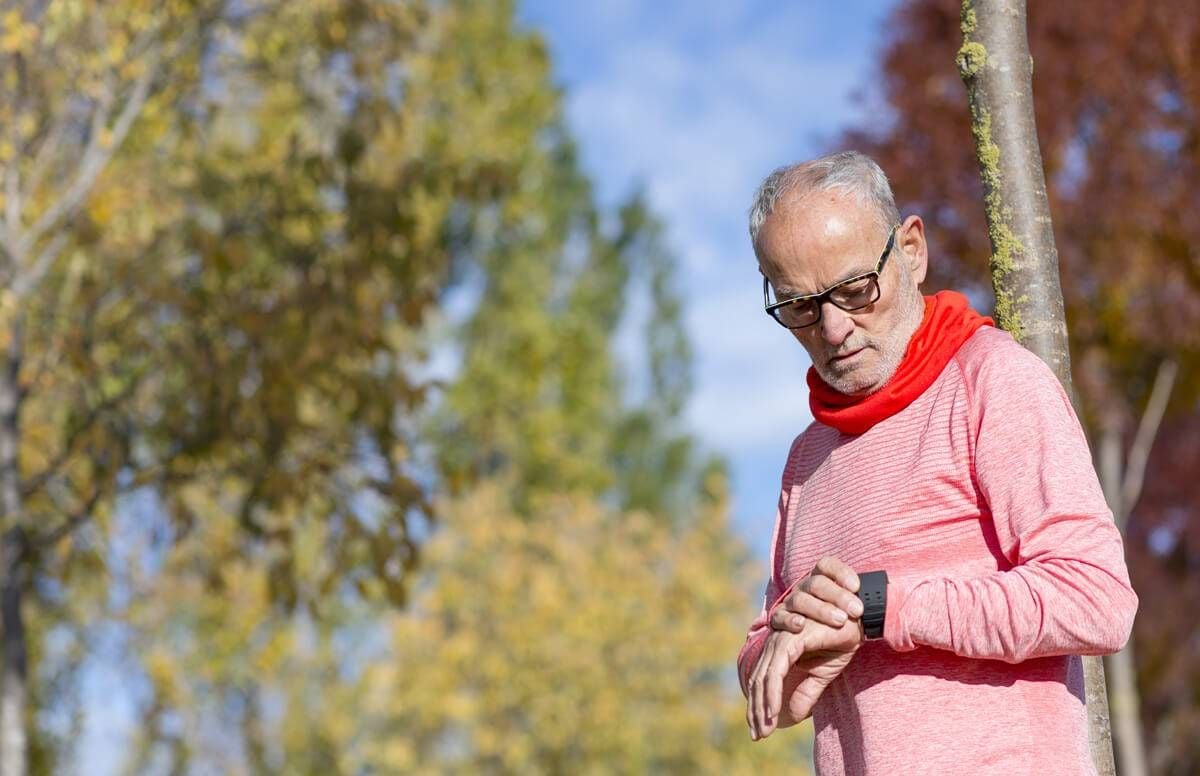The Key to Ultimate Health: Bioresilience
These lifestyle interventions can help us all live longer
(This essay is the 17th and final one in the Milken Institute Center for the Future of Aging series, The Business of Aging, running on Next Avenue weekly. The essays are a companion piece to the center’s new report, Silver to Gold: The Business of Aging.)

Let’s envision a model for healthy, functional longevity based on evaluating and improving the body’s bioresilience.
Bioresilience is the body’s capacity to respond to stress. One way to visualize bioresilience is to imagine a Weeble, the toy that self-centers when pushed.
How Aging and Bioresilience Are Connected
Evolution selects for increasing bioresilience, and it and so effective during youth that we notice it more by its decline after midlife when recovery from biologic stress — whether it’s a late night, hangover, jet lag, cough, injury, wound or a rollercoaster ride —diminishes. Our tolerance of environmental variation, such as changes in temperature or altitude, weakens. Our pupils respond inadequately to changes in light, so menus are harder to read at dinner.
Now consider objective changes that we can’t feel.
When we are young, our bioresilience returns elevated blood pressure, glucose, and inflammation to baseline. As we age, those levels may no longer self-tune sufficiently, leading to hypertension, diabetes and inflammation, respectively.
Could Enhancing Bioresilience Mitigate the Aging Process?
If loss of bioresilience is a common framework that helps explain the diverse features of aging, could enhancing the body’s bioresilience mitigate the aging process and promote healthy, functional longevity?
For acute ailments such as trauma and infection, restoring the body to original equilibrium is paramount. For chronic conditions such as aging, however, forcing the body back to the original equilibrium treats the symptom, but fails to solve the underlying problem.
Furthermore, medically propping up the body’s equilibrium — akin to propping up a Weeble — induces atrophy of bioresilience and progressive addiction to therapy.
Many economic stakeholders benefit from this Whack-a-Mole approach to aging, but this approach also creates an ever-older population that consumes more health care, creating an unsustainable, vicious cycle of cost escalation.
Shifting the Approach to Increasing Bioresilience
For aging (and other chronic diseases), we propose shifting the goal to increasing bioresilience as a path to ultimate health. This small conceptual change has radical implications.
For instance, hypertension today is typically treated with medications to lower blood pressure. But taking such medications chronically can reduce our bodies’ intrinsic ability to regulate blood pressure. Moreover, our bodies can build up a tolerance to antihypertensive medications, requiring us to take ever greater doses to achieve the same results.
Instead, could low intermittent doses of prohypertensive interventions promote bioresilience and lower baseline blood pressure, similar to the way exercise creates stresses to our hearts and muscles in order to improve them? More generally, could “eustress” (i.e., capacity-building stress) be used to paradoxically promote bioresilience as a way to ameliorate chronic diseases? Such counterintuitive approaches are already validated by exercise, ischemic reconditioning, muscle training and vaccination.
Meditation, Sunlight and Periods of Fasting
With bioresilience building as the new goal, we advocate everyday lifestyle interventions that help to stretch our dynamic range by emphasizing variance over fixed habits: meditation coupled with exhilaration; variations of exercise; exposure to a range of environments such as temperature, sunlight and altitude; periods of fasting associated with a diet that itself is based on variation rather than narrow recommendations. We encourage exploration of many other forms of eustress that can build up our bioresilience.
Our goal through the Palo Alto Prize series is to identify and ultimately change the genes and pathways involved in the erosion of natural bioresilience as a way to mitigate the aging process and promote healthy, functional longevity. To accelerate progress, we need to fundamentally change our thinking on how to measure biology.
Dynamic systems such as biology cannot be studied effectively with static models. Yet modern science has largely relied on point-in-time static biomarkers to assess our health.
Stress Testing Is Key
Annual checks of heart rate, blood pressure, glucose and cholesterol levels to assess health risks are tantamount to a seismic engineer relying on the degree of leaning, instead of the more valuable stress testing, to predict collapse risk from an earthquake.
For example, baseline heart rate changes little with age, while heart rate recovery time after exercise (which is a dynamic measure of the heart’s capacity) correlates with age.
We also advocate the development of a broader array of dynamic diagnostic tests with capabilities for high-frequency sampling and stress testing to add a fourth dimension to the field of diagnostics — time. The advent of fitness-tracking wearables, which collect biometric data continuously, may usher in tremendous opportunities in the coming years.
What Sustained Bioresilience Could Mean
The aging field is in its infancy. The end of aging would be the end of health care as we now know it. The feed-forward relationship between health care innovation and increasing future consumption of health care would finally be decoupled.
If bioresilience is sustained, humans could persist at low annual mortality rates currently enjoyed by young adults. Healthy lifespan could telescope to a number of years that might have once seemed unimaginable. Human capacity would thus be unleashed.

